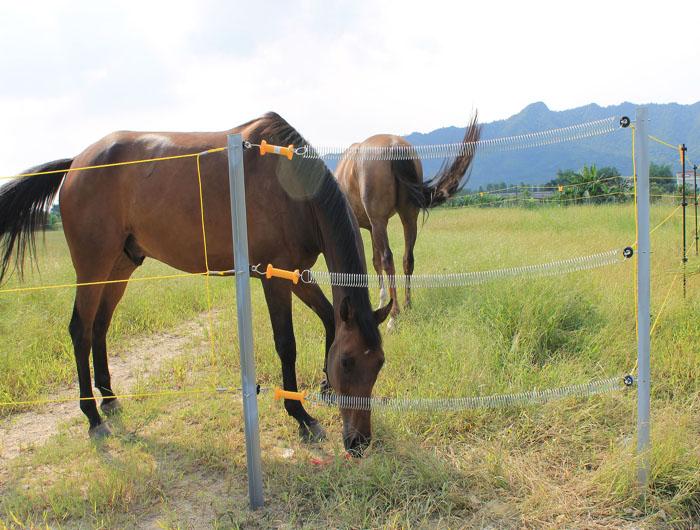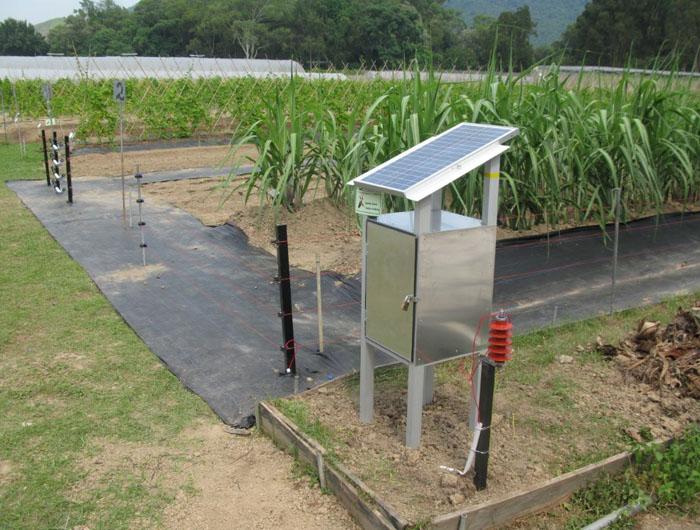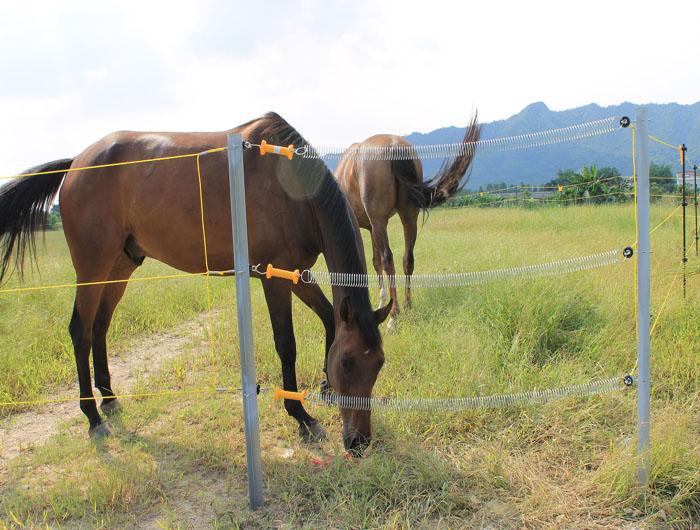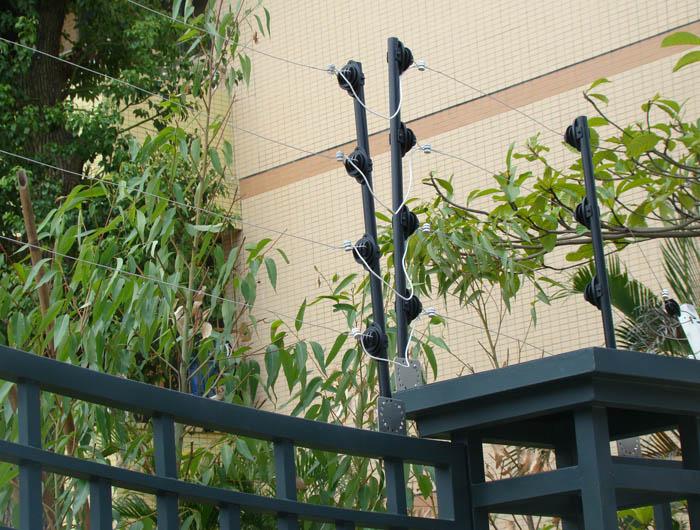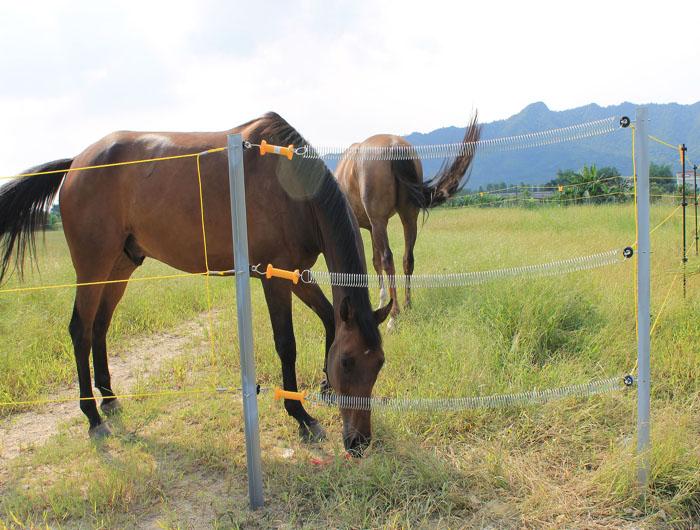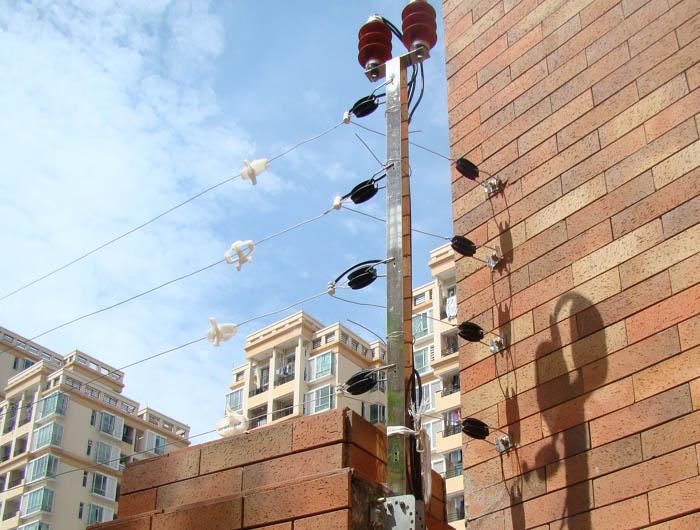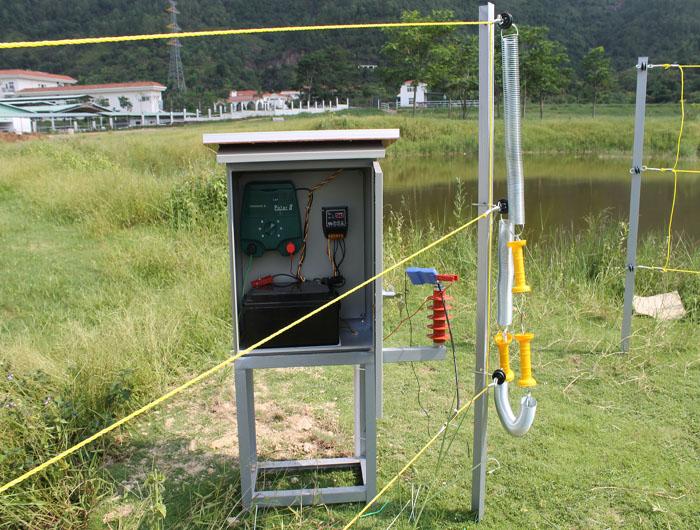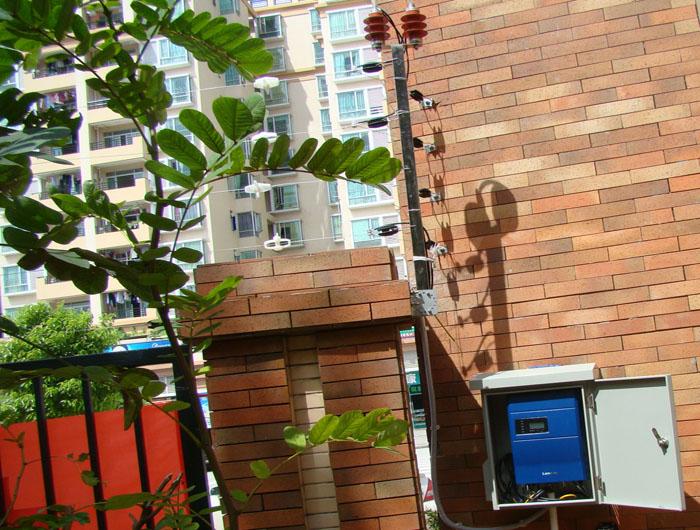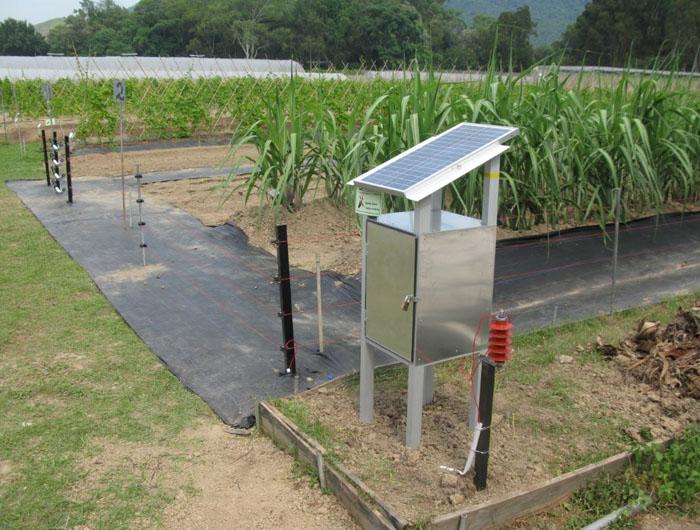5 Key Factors to Maximizing an
Electric Fence System
1. Select
the right energizer. Choosing
the appropriate energizer for your individual property and electric fence needs
is the first step to a successful electric fence system.
2. Be
flexible with the wire. Give your wire a little flexibility and it won't give
you a worry, says Mohr. "This isn't barbed wire, the line doesn't need to
be super taut to be effective," he explains. "Adding some flex in the
wire allows for curious wildlife on your property as well as unpredictable
changes in weather. You can always go back and tighten the line during the
summer dry months if needed."
3. Use good insulators. While constructing a new
fence system, some consumers staple the high tensile wire directly to the fence
– which works great if the post is dry and will remain dry.
4. Monitor
the spacing of the posts.
5. Develop
a proper grounding system. Most people don't put too much thought in to their
grounding system, Mohr says. "But they should. Approximately 80% of all
power fence problems stem from inadequate grounding. The ground posts help
maximize the overall electrical efficiency of your entire fence system,
THE ELECTRIC
FENCE ENERGISER.
There is an all
too real reason to buy an energiser that just meets your requirements due to
price considerations. The majority of figures quoted by manufactures' capacity
are based on a fence of good quality and in perfect condition, often under
laboratory conditions. Unfortunately this will leave you with very little
capacity when there is a fault, vegetation growth or increased challenge. If at
all possible get an energiser that is larger than required. This will allow you
plenty of latitude and it will be able to power through most situations as they
arise.
THE EARTH POST.
The ground
constitutes 50% of the electrical circuit but 90% of all problems originate at
poor earthing, either at the earth stake itself or on the fence. Fortunately
this is easy to rectify. Additional earth stakes may be added by driving them
into the ground about 2m away from the existing stake and joining them
together. Copper, Stainless Steel or Galvanized steel rods are best as mild steel
will rust so creating a poor conducting barrier. All rods should be in
permanently moist soil, under the building eaves, in a river bed, below a
dripping tap or in an irrigated flower bed. In particularly dry weather the
soil around the stakes may be watered.
If the fence extends over 500m away from the main earth it will be necessary to
add an additional earth line to the bottom of the fence and bury a stake at
those intervals. Wire is a better conductor than ground so a ground rod every
+/- 500meters will greatly increase the effectiveness of the fence.
“no road of flowers lead to glory.”
— la fontaine


